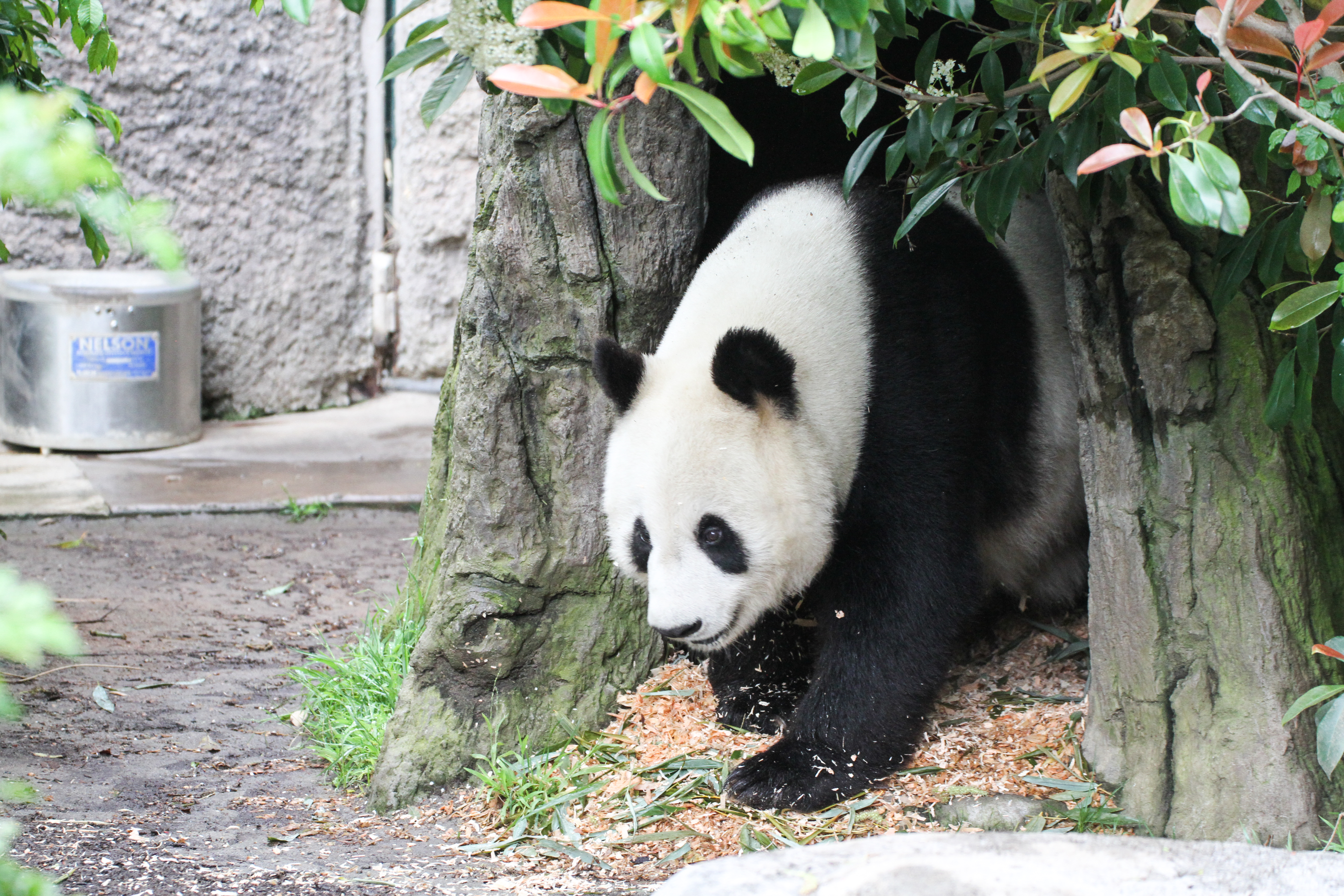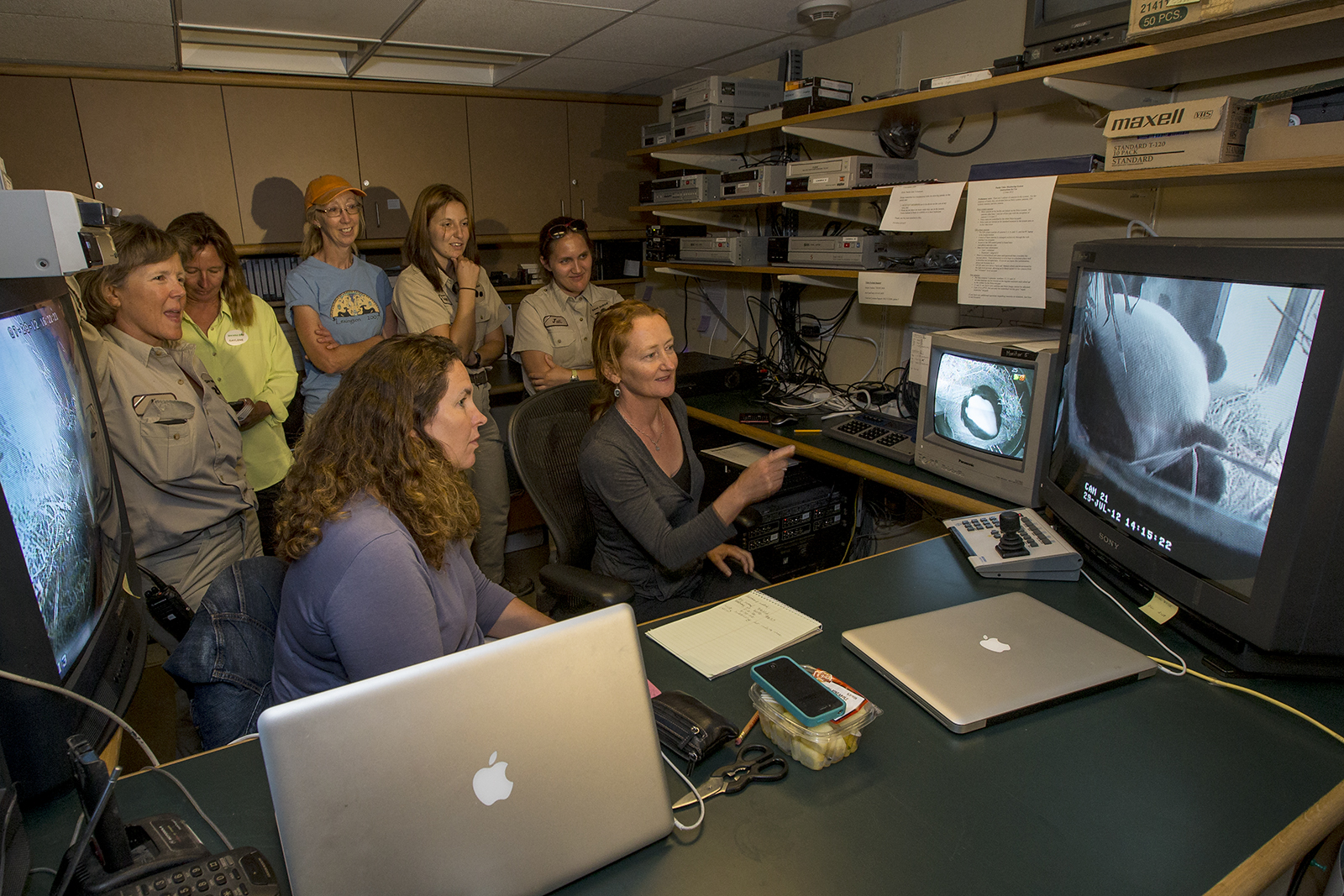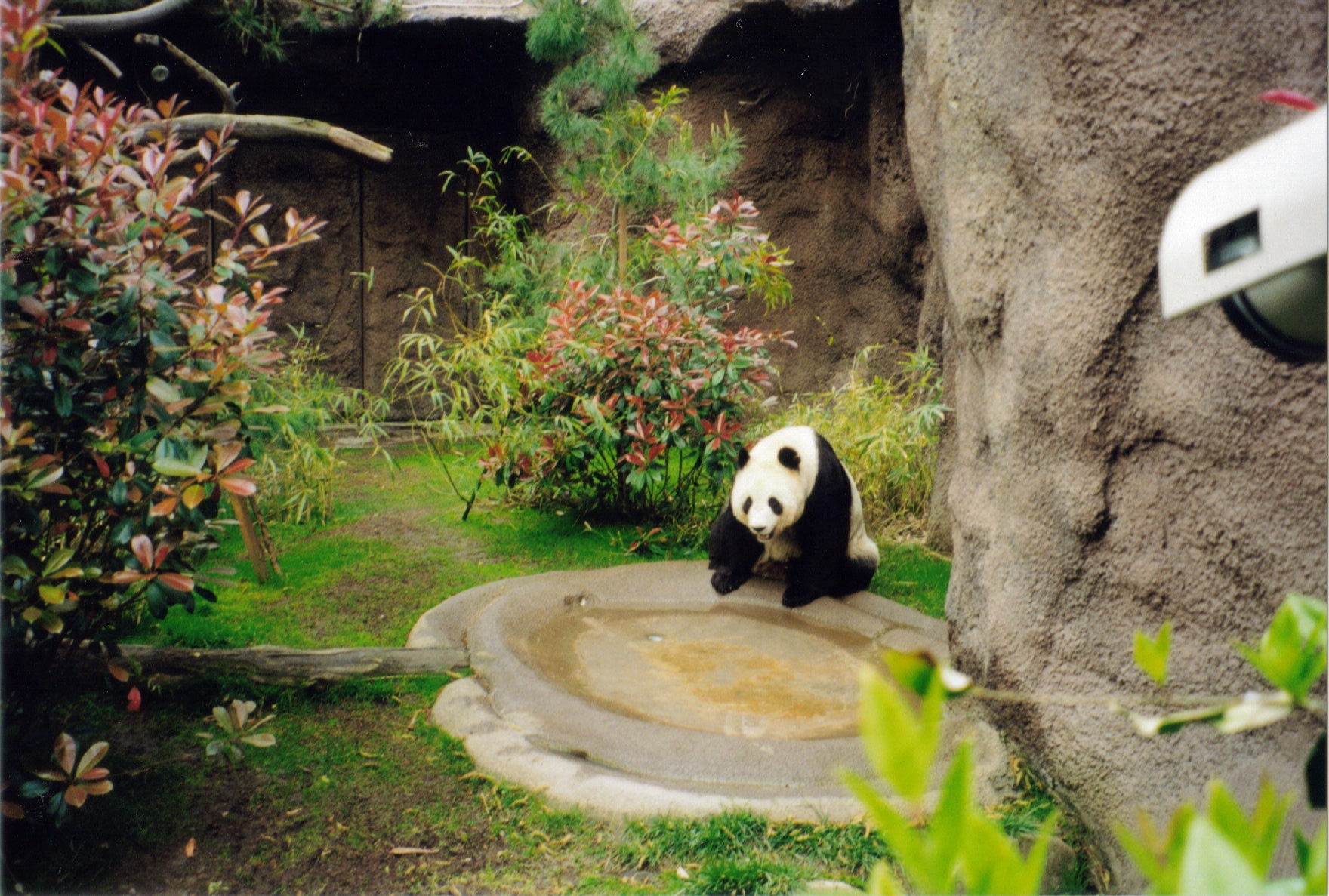The Nose Knows: The Perceptual World of the Giant Panda
A male panda sits, hour upon hour, lazily grabbing bamboo stems, pulling them to his mouth, where powerful jaws and crushing teeth make short work of it. A few hours later, it comes out the other end, changed little by the passage through his intestines. After a few days of this routine, intermittently sleeping and eating in a circumscribed area, the panda rouses and begins heading up the slope. He pushes through the dense bamboo, slow and shuffling, but somehow graceful.
Upon reaching the ridge, he enters a different world—the dense bamboo gives way to open understory beneath a towering canopy of ancient spruce and fir trees. It’s a pleasant enough place for a picnic, but for pandas, the picnicking is better below in the valley. This panda has come here not to eat but to communicate: this ridge is like a community bulletin board and scent messages are posted on these ancient trees.
Making Scents
Every move a panda makes is calculated to conserve energy. Even his placement of scent marks is efficient. He walks past a smooth-barked tree in favor of one with rough bark, lifts his tail and rubs his gland in circular motion. His scent is spread across little crevices that will increase the surface area, maximizing the “odor field” of his scent. He approaches another tree and sprays urine over the trunk while doing a handstand.
He chooses a large tree, lest he miss his target and let the golden message fall to the ground. He needs his urine mark to be up high—it will waft farther through the air where it will be more likely to capture the attention of a passing panda. The height of his mark will also convey his status—other pandas will read “dominant male,” at least in this neck of the woods. For a urine mark, he chooses a tree with ultra-rough textured bark that captures the urine, keeps it from trickling down the trunk, and perhaps keeps it from washing off easily in the frequent rainfall characteristic of these Chinese mountains.
Other pandas will be able to read his urine mark for about two weeks, but the mark from his gland will last four months! This way he does not to have to climb back up to the ridge again for a few weeks.
Panda Trek
He ambles further down the ridge path, stopping to sniff the marks left by pandas that have come before him. This one, his nose tells him, comes from a young male. He came here and left his scent several weeks ago and represents no threat.
The next one, however, came from another large dominant male. He has tangled with him before, he remembers, and two years ago this male bested him in a long drawn-out contest for access to a fertile female. The next mark encountered really gets his attention: it’s from that same female and she is again nearing her fertile period. After leaving the scent ridge, he will expand his range in search for signs of this female. She will be marking frequently now, and several males will catch her scent and track her down. There’s bound to be trouble.
Such is the life of a giant panda. I can be relatively certain about my scenario only because of years of study, working with many partners and colleagues at breeding centers in China and wild pandas at the Foping Nature Reserve. Our collective effort allows me to paint this picture and begin to unravel the mystery of this rare and difficult-to-study species.
We now know, for example, that pandas require very different habitats for communicating with one another than what they need for foraging. We must work to protect all the panda’s habitat, including the palette upon which they paint their scent messages.
Author’s note: The story described here is derived from years of collaborative research with many partners, most prominently Professor Wei Fuwen’s Key Laboratory for Ecology and Conservation Biology at the Institute of Zoology at the Chinese Academy of Science and the China Conservation and Research Center for the Giant Panda.
Ron Swaisgood, Ph.D., Director, Applied Animal Ecology, San Diego Zoo Institute for Conservation Research.
Source: SDZ Global Wildlife Conservancy










